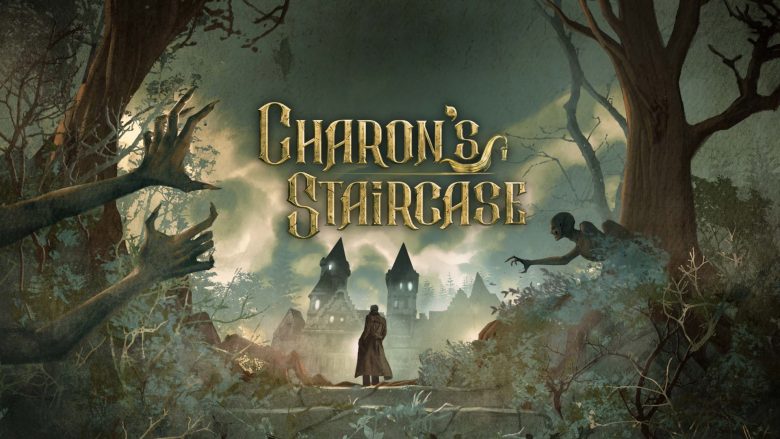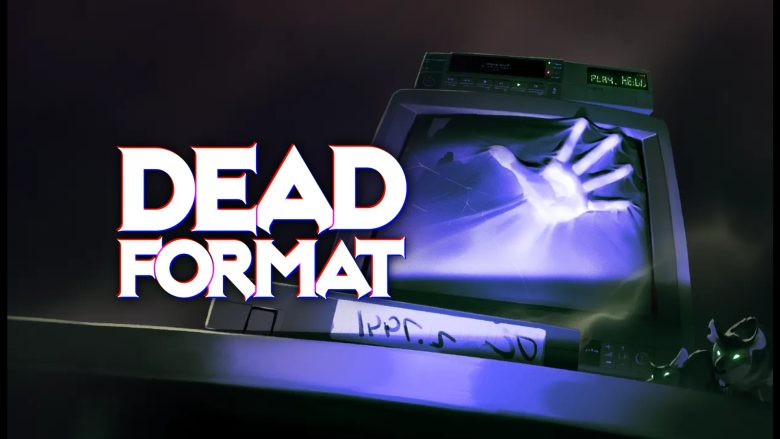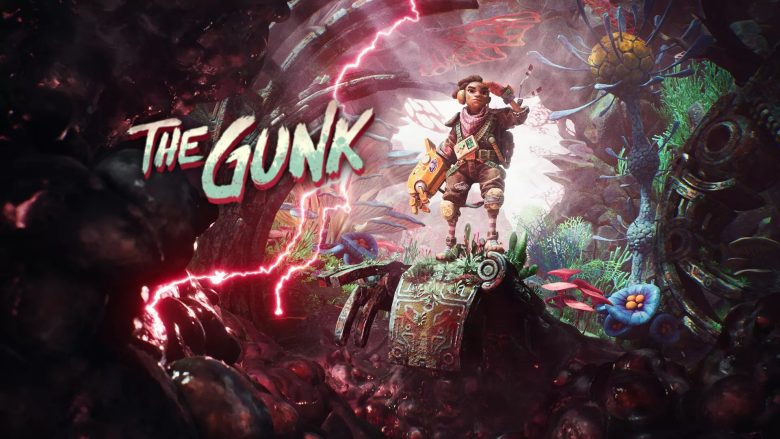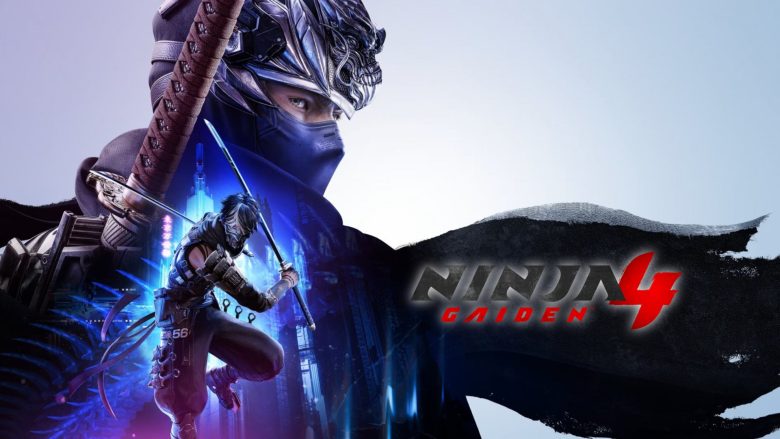An ambitious journey through dungeons, time-based puzzles, and personal growth, where time turns into the real battlefield.
With Mai: Child of Ages, the Milan-based studio Chubby Pixel takes the boldest leap of its career. After years of experimenting with smaller productions, the indie team embraces an action-adventure with international ambition, weaving classic dungeon design, hack & slash combat, and intricate time puzzles into a story about growth, identity, and collective memory.
The game launched on PC (Steam) on September 18, 2025, and reached Nintendo Switch on September 25, 2025. Versions for PlayStation 4 and 5 remain announced, with no confirmed release date yet.
Mai: Child of Ages doesn’t simply echo the classics. It places time at the center of the experience, turning it into a mechanic, an enemy, and an ally. Following Mai means moving through different eras, rewriting events, and watching how every choice reshapes the world. The project shows how even a small independent studio can create a work that speaks with strength to a global audience.
The weight of time
Mai: Child of Ages turns time into both narrative device and gameplay mechanic, making it the real protagonist of the adventure.
The story throws players into a fractured universe where the line between past and future constantly shifts. After the devastating “Last Great War” nearly wiped out humanity, the world lingers in a historical rift: ancient ruins stand next to dystopian remnants. In this suspended reality, Mai begins her journey, tasked not only with discovering who she is but also with confronting an unjust past and a future on the brink of collapse.
At the center lies the Uroboro Stone, a relic that bends the flow of time—freezing objects, rewriting events, reshaping history. Every action in one era ripples into the other, and each choice risks destabilizing the fragile balance of the world.

Gameplay across ages
One of the most distinctive aspects of the game lies in how its mechanics evolve. During childhood, Mai uses mystical plants as tools and allies, solving environmental puzzles and platforming sections that demand precision. As she reaches adolescence, the tone shifts: combat takes the spotlight, with an agile hack & slash system that rewards timing, defense, and well-placed combos.
The pace never stagnates. A Metroidvania-style progression introduces new abilities and encourages players to revisit familiar areas with fresh tools. Classic-inspired dungeons, time-bending puzzles, and explorations through caves, abandoned factories, and submerged worlds enrich the adventure.
Crafting, collectibles, and a cooperative mode deepen the experience: a second player can control primordial spirits—or even enemies—to actively support battles. This choice reflects the team’s desire to expand accessibility while keeping the soul of a single-player journey intact.


Atmosphere and inspirations
The game draws inspiration from classics: The Legend of Zelda defines the dungeon archetype, Journey inspires the contemplative tone, and Nier Automata influences the fusion of philosophy and action. Yet Mai: Child of Ages never stops at homage—it builds its own identity, alternating the sacredness of ruins, the melancholy of dystopian futures, and the vitality of lost ages.
The soundtrack, composed by Eric Ferrari, follows the shifting moods of the journey: ethereal themes for childhood, darker tones in moments of conflict, and orchestral intensity during boss fights.

Chubby Pixel and the indie mission
Behind Mai: Child of Ages lies a truly Italian story. Founded in Milan in 2012, Chubby Pixel embraced a philosophy of creating accessible, colorful, and original games.
Over the years, Chubby Pixel has built a catalog of indie games that reflects a mix of experimentation and continuity: Woodle Tree Adventures and Woodle Tree 2, the Suicide Guy series, VR experiments like Heaven Forest / Heaven Island, and several smaller experimental titles.
With Mai: Child of Ages, the studio makes a massive leap. After years of “lighter” titles, the team decided to tackle a project of much greater scale: over twenty hours of content, layered dungeons, cooperative play, crafting systems, and a story that ties mechanics to universal themes like identity, memory, and responsibility.
Development started in 2020 with a core team of just five people. Building a believable world where past and future interweave challenged every aspect of their craft, but determination and the will to explore new ideas kept them moving forward. The main team includes Fabio Ferrara (creative direction and game design), Giu (2D art and illustration), with support from collaborators such as Eric Ferrari (sound design and composition) and Yan Dawid (camera programming).
Through continuous iteration and an almost artisanal approach, Chubby Pixel shaped a game where narrative and mechanics flow together. The result reflects the essence of Italian indie: limited means, bold ideas, and the courage to aim high.

Strengths and concerns
What makes Mai: Child of Ages shine is its treatment of time. The game doesn’t reduce it to a gimmick but integrates it into both narrative and mechanics, giving consistency and depth. The evolution of gameplay alongside Mai’s growth reinforces this bond, making progression feel organic and meaningful. Variety adds another layer of strength: dungeons, puzzles, combat, crafting, and cooperative play weave into a rich mosaic. Artistic identity also stands out—while influences are clear, the game crafts a distinctive visual voice. Finally, the project carries symbolic weight as a bold Italian production with international ambition.
Still, ambition always brings risks. The sheer number of ideas can spread focus thin and threaten cohesion. Time puzzles, by nature complex, may create steep difficulty spikes. The constant shift between exploration, puzzles, and combat demands careful pacing to avoid disrupting flow. And for a small team, managing a project of this magnitude requires a delicate balance between aspirations and resources.

Looking at the market
Placing Mai: Child of Ages in the indie landscape means recognizing today’s trends. Players crave “Zelda-like” adventures more than ever, but they also seek games that mix introspection with action. Ori and the Blind Forest, and Hollow Knight proved how strong narratives can elevate gameplay.
Mai positions itself between these worlds, aiming to satisfy both those who want challenge and variety and those who want a story full of universal themes. It’s a bold choice, one that could bring recognition but demands flawless execution to resonate with both audiences.

Conclusion: Time will tell
Mai: Child of Ages stands as more than just another indie release. It declares intent. Chubby Pixel, with a tiny team but a clear vision, demonstrates that Italian studios can reach for international impact. Time in this game becomes everything: theme, mechanic, enemy, and ally. Whether Mai becomes a lasting success or an overreaching dream, one truth remains: projects like this appear rarely, and each time they do, the indie industry grows stronger.

If you want to know more:
Mai: Child of Ages
PRO
- Time as a narrative and gameplay mechanic, not just an aesthetic trick
- Progression tied to the protagonist’s growth
- Wide variety: dungeons, puzzles, combat, crafting, coop
- Distinct artistic identity, between influence and originality
- Added value of an Italian production with international scope
CON
- Risk of dispersion due to too many ideas
- Time puzzles may feel overly difficult
- Rhythm could break between exploration, puzzles, and combat
- Technical challenge for a small team, with possible quality compromises











